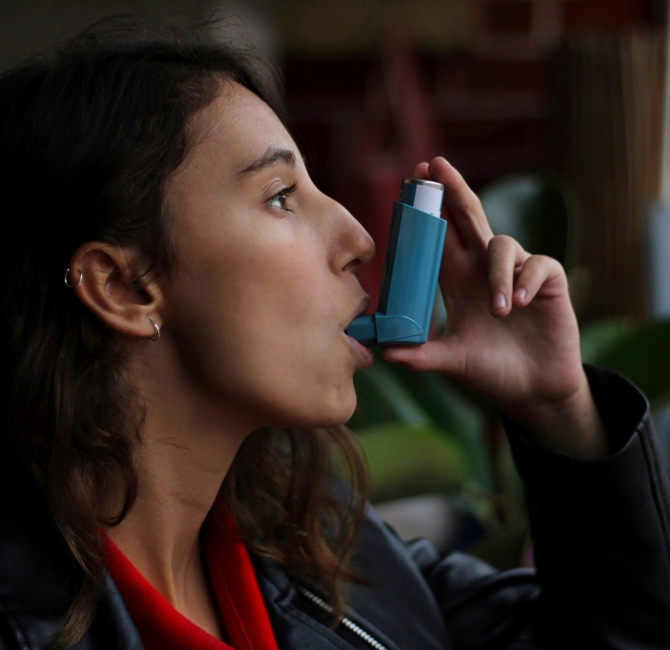The oral cavity houses a complex microbiota community that plays a vital role in general homeostasis. It is one of the most colonized parts of the body, after the intestinal system, possessing the second largest and most diverse microbiota, including bacteria, viruses, protozoa, and fungi. Its microbiota variability depends on the specific location, such as the teeth, periodontal pocket, tongue, cheek, palate, and saliva. Depending on the type of bacterial imbalance, dysbiosis can lead to different oral pathologies. Several modifiable factors, including salivary gland impairment, poor oral hygiene, gingival inflammation, dietary habits, and smoking, may lead to oral dysbiosis, which can cause localized chronic oral inflammation.
Oral dysbiosis originates from two primary oral infections, caries and periodontal disease. It represents a pathogenic risk factor for cardiovascular disease (CVD) development, such as atherosclerosis, coronary disease, and valvular heart disease (VHD). Research has revealed that a breakdown of the resident microbiome’s symbiotic relationship increases the risk of various harmful microbes translocating from the oral cavity to heart valves, which may lead to permanent valve damage.
This review aimed to describe the pathophysiological link between oral dysbiosis and VHD, focusing on the microorganisms involved, prevention, and potential therapeutic applications in VHD management.
The link between oral dysbiosis and VHD included the role of salivary microbiota, dental plaque, oral mucosa colonization, periodontitis, and the detection of oral bacterial species in cardiovascular specimens.
The study concluded by focusing on the prevention of periodontal disease that targets the oral microbiome, there can be a beneficial influence on the quality of life. Simple steps, such as host modulation, oral hygiene, and diet, can easily contribute to oral eubiosis. Furthermore, using available therapies, including prebiotics and probiotics, opens the field in new directions. Antimicrobial peptides, nanoscale drug delivery systems, vaccines, and even oral microbiota transplants are potential new treatment options requiring further study to generate additional therapeutic options and brighter perspectives.



